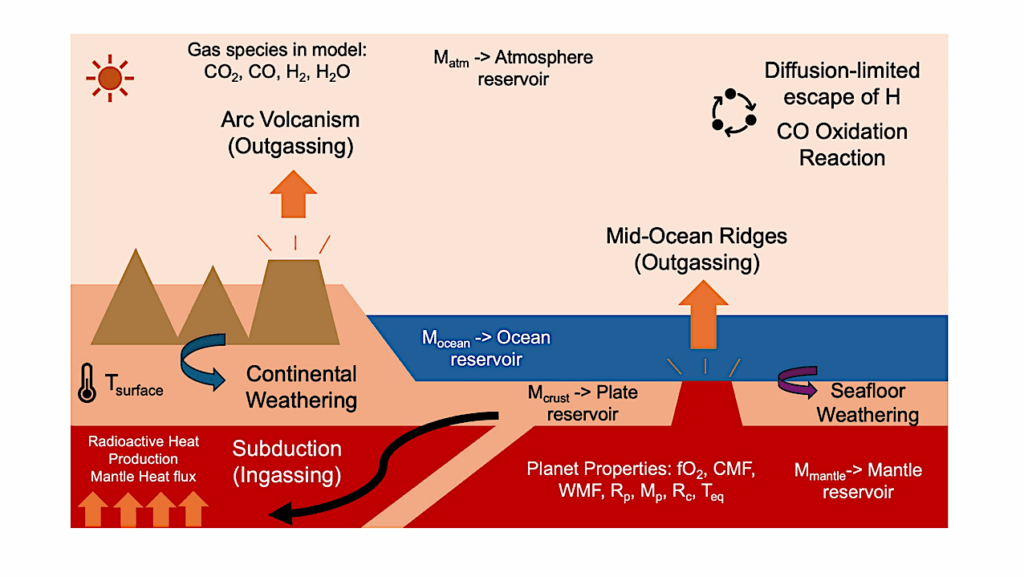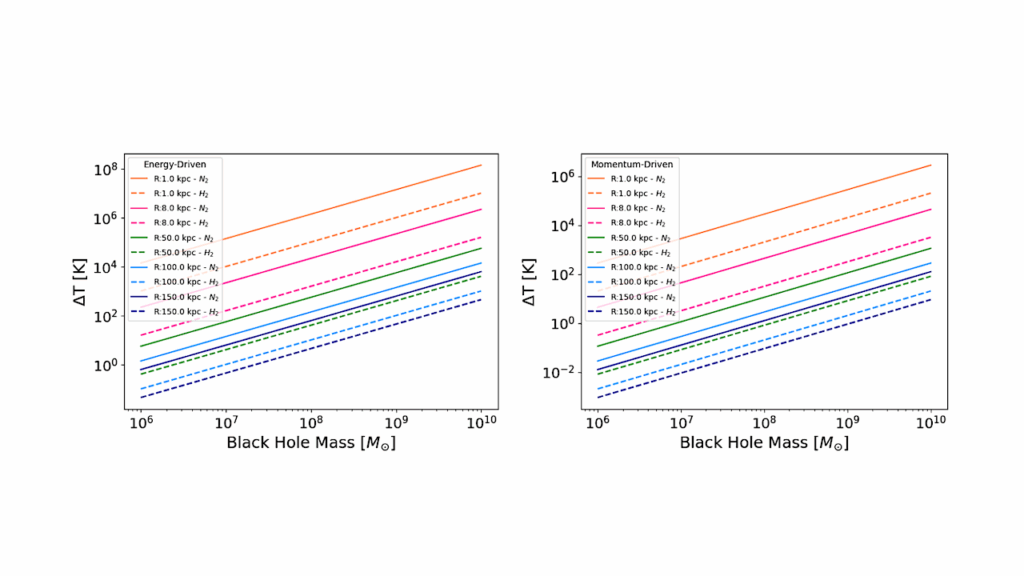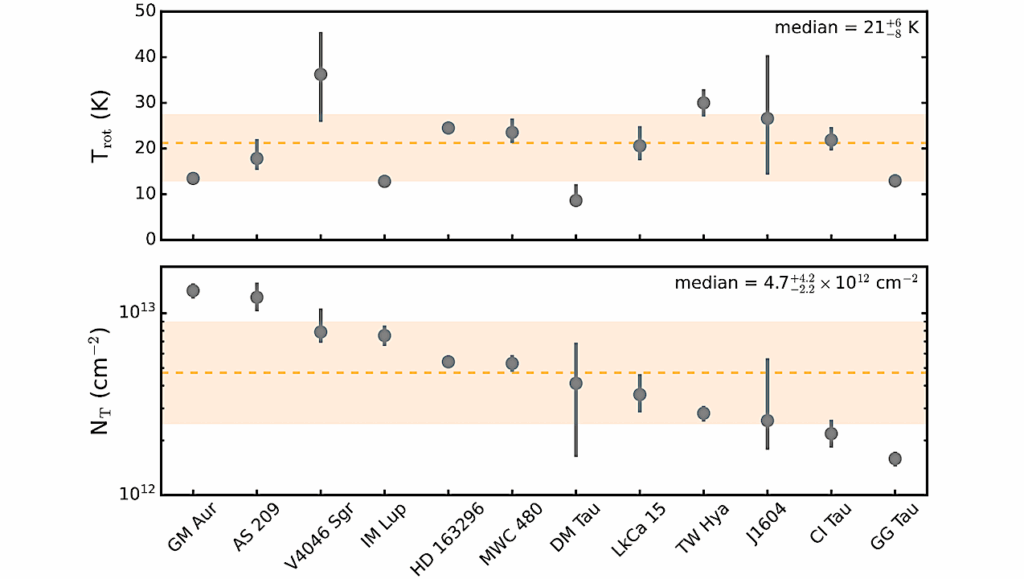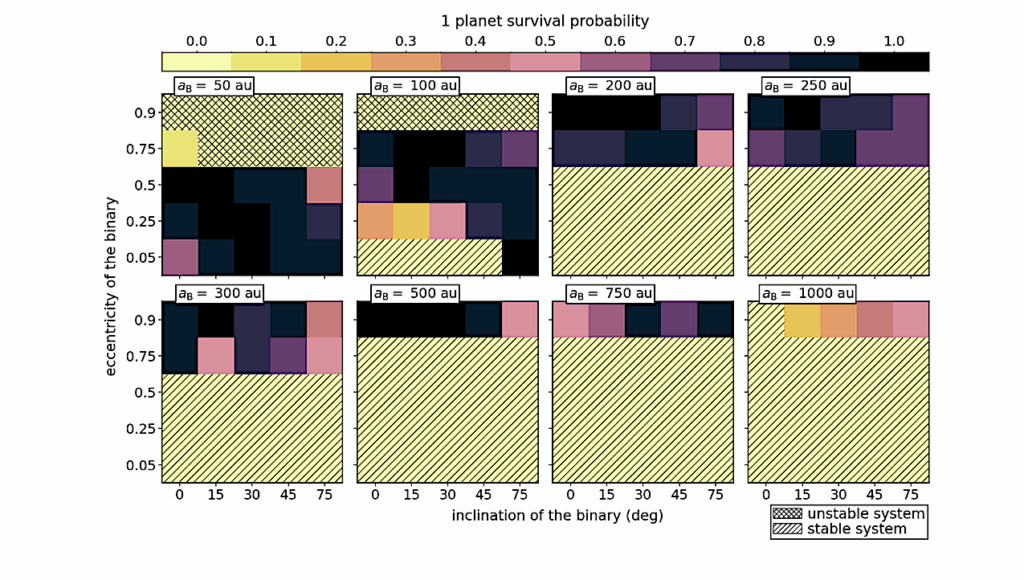On the Detection Of Exomoons Transiting Isolated Planetary-Mass Objects

All-sky imaging surveys have identified several dozen isolated planetary-mass objects (IPMOs), far away from any star. Here, we examine the prospects for detecting transiting moons around these objects.
We expect transiting moons to be common, occurring around 10-15% of IPMOs, given that close-orbiting moons have a high geometric transit probability and are expected to be a common outcome of giant planet formation. IPMOs offer an advantage over other directly imaged planets in that high-contrast imaging is not necessary to detect the photometric transit signal. For at least 30 (>50%) of the currently known IPMOs, observations of a single transit with the James Webb Space Telescope would have low enough forecasted noise levels to allow for the detection of an Io-like or Titan-like moon. Intrinsic variability of the IPMOs will be an obstacle.
Using archival time-series photometry of IPMOs with the Spitzer Space Telescope as a proof-of-concept, we found evidence for a fading event of 2MASS J1119-1137 AB that might have been caused by intrinsic variability, but is also consistent with a single transit of a habitable-zone 1.7R⊕ exomoon. Although the interpretation of this particular event is inconclusive, the characteristics of the data and the candidate signal suggest that Earth-sized habitable-zone exomoons around IPMOs are detectable with existing instrumentation.
Mary Anne Limbach, Johanna M. Vos, Joshua N. Winn, Rene Heller, Jeffrey C. Mason, Adam C. Schneider, Fei Dai
Comments: Accepted to ApJ Letters
Subjects: Earth and Planetary Astrophysics (astro-ph.EP); Astrophysics of Galaxies (astro-ph.GA)
Cite as: arXiv:2108.08323 [astro-ph.EP] (or arXiv:2108.08323v1 [astro-ph.EP] for this version)
Submission history
From: Mary Anne Limbach
[v1] Wed, 18 Aug 2021 18:02:24 UTC (3,617 KB)
https://arxiv.org/abs/2108.08323
Astrobiology,








